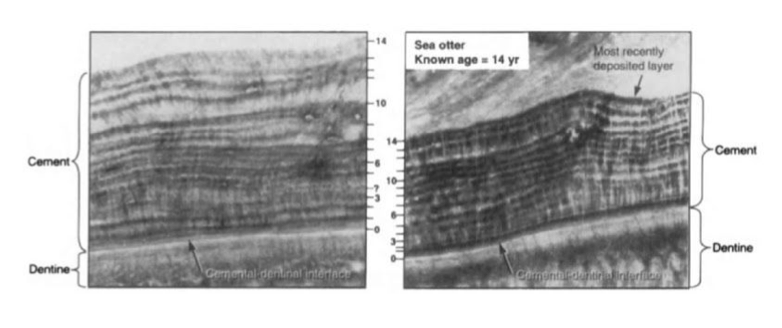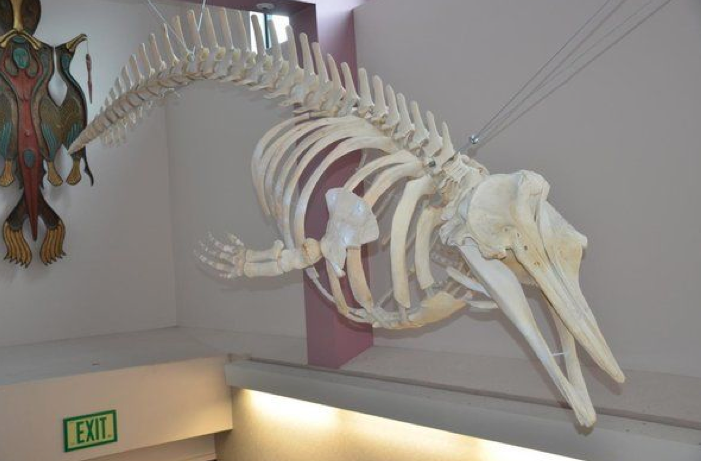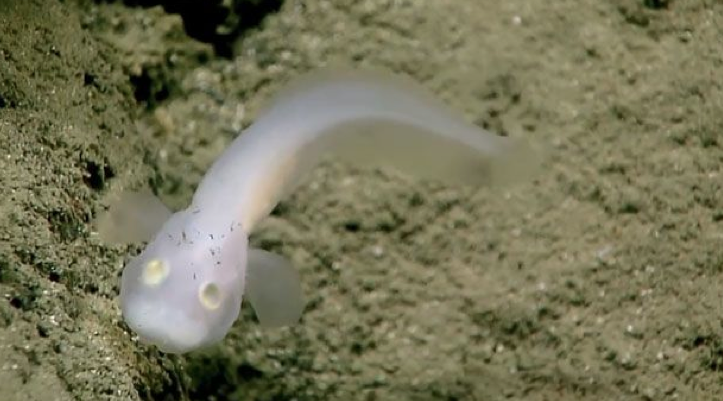What’s Everybody Raven About?
On a particularly fortunate voyage at the Cape May Whale Watch and Research Center, one gets to view smiling Atlantic Bottlenose Dolphins and the mysterious Humpback Whale. In the grand scheme of things, whales are a pretty common sighting on trips. This week, the stars finally aligned. After pulling a sharp 180 degree turn my nerves raced, worried for some reason that in the fifteen minutes it would take us to reach the sport fisher boat that had called in the sighting, that the humpback would have realized that I was interning and booked it out of there. My brain finally got the best of me, remembering that whales simply can’t swim that fast; fifteen minutes would be plenty of time. And that it was. As fate would have it, I came home after a great day to find an article featuring a newly discovered whale species found off the coast of Alaska. With the image of a whale’s body and the objectively adorable faces of dolphins fresh in my mind, I looked farther into the currently unnamed whale and found the perfect combination of the two. An artist rendering revealed a species with the expanse of a whale, but the head of a Dolphin.

Uko Gorter’s rendition of the unnamed, newly discovered beaked whale.
Legends of this not so beastly mammal have been circulating in Japanese fishing and whaling communities since the earth twentieth century. Seen very rarely, the creature was described as a smaller, darker Baird’s beaked whale. The very similar anatomy mislead scientists until 2013, when a Japanese science journal published a research article on three cadavers that had washed ashore proposing that they actually represented an entirely different species. Referred to as “The Raven” the species appeared to be juvenile Baird’s beaked whale, but examination of the teeth revealed that the whales were indeed fully grown. The notable size difference as well as the varying color between the two animals. Even with these three cases, however, the scientific burden of proof had not been met and research continued.

Shown here is the cross section of a tooth pulled from the mouth of a sea otter. Aging in all marine mammals is very similar to the aging of trees. Every year, another layer grows outwards creating a set of rings that can help scientists identify the age of the animal.
As curiosity about this new, small, darker species of whale developed, more information seemed to come to light. Institutions of all sizes and credibility, from NOAA, to the Smithsonian, to a small high school in Alaska, upon further investigation noticed that the whale samples they had in their midst had been incorrectly labeled as Baird beaked whales when infact they belonged to this new species, nicknamed “The Raven” for its long snout. With more samples available, scientists were able to point out even more differences between the Raven and the Baird’s beaked whale, including but not limited to the more compact skull and anterior set and differently shaped dorsal fin.

Now correctly identified as a new whale species, the skeleton of the raven hangs in the atrium of Unalaska High School in the Aleutian Islands.
While scientists have never observed the Raven alive, the carcasses that have washed ashore have been exceedingly helpful in identifying traits specific to the newly discovered creature at a molecular level. Genetic testing has revealed that what is now known as the Baird’s beaked whale is actually aBaird’s beaked whale and shares this title with the Raven. DNA sequencing suggests that they exist not only within the same genus but even the same species. Besides differences in DNA that code for size and color, variation also exists in the mitochondrial DNA between the two subspecies, affecting the metabolic process. No other findings have been announced yet and in light of the events recency, I highly doubt that the entire genome of each mammal has been sequenced.
As humans we have conquered all of the land available to us on this planet. We have also conquered the skies and land outside of this planet like the moon and mars. We have harnessed the energy and convenience of the sea, but still have no idea what remains below the surface. 80% of the ocean still remains unexplored. Perhaps 79.999% now considering not one but two species have been discovered hiding in the depths within the past month. This is what I had and still do have my sights set on as an aspiring marine biologist. The ocean is an awe inspiring, unpredictable, grab bag of opportunity for discovery. I hope someday to be operating the hand that holds on to one of those mysteries. But, more importantly I hope to be the hand that shows it to the entire world.

Photo of another newly discovered, blind transparent fish discovered at the bottom of Mariana’s Trench in the beginning of July 2016.
-Kate Rose
University of Florida, Intern at Cape May Whale Watch and Research Center
Works Cited
Kennedy, Merrit. “Mysterious And Known As The ‘Raven’: Scientists Identify New Whale Species.” NPR.NPR, 27 July 2016. Web. 31 July 2016.
Morin, Phillip A., C. Scott Baker, Reid S. Brewer, Alexander M. Burdin, Merel L. Dalebout, James P. Dines, Ivan Fedutin, Olga Filatova, Erich Hoyt, JeanLuc Jung, Morgane Lauf, Charles W. Potter, Gaetan Richard, Michelle Ridgway, Kelly M. Robertson, and Paul R. Wade. “Genetic Structure of the Beaked Whale GenusBerardiusin the North Pacific, with Genetic Evidence for a New Species.” Mar Mam Sci Marine Mammal Science(2016): n. pag. Web. 31 July 2016. <http://onlinelibrary.wiley.com/doi/10.1111/mms.12345/full>.
